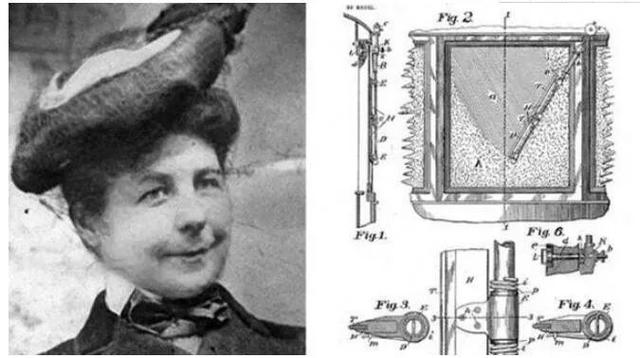In the winter of 1902, a woman named Mary Anderson was traveling to New York and found that the bad weather made driving very slow. So she pulled out her notebook and drew a sketch: a rubber wiper on the outside of the windshield, connected to a lever inside the car.
Anderson patented her invention the following year, but few people had cars at the time, so her invention didn’t attract much interest. A decade later, when Henry Ford’s Model T brought automobiles into the mainstream, Anderson’s “window cleaner” was forgotten.
Then John Oishei tried again. Oishei found a locally produced manually operated car wiper called Rain Rubber. At that time, the windshield was divided into upper and lower parts, and the rain rubber slid along the gap between the two pieces of glass. He then formed a company to promote it.
While the device required the driver to manipulate the rain glue with one hand and the steering wheel with the other—it quickly became standard equipment on American cars.Oishei ‘s company, eventually named Trico, soon dominated the wiper blade market.
Over the years, wipers have been reinvented over and over in response to changes in windshield design. But the basic concept is still what Anderson sketched on a New York streetcar in 1902.
As one early ad for windshield wipers put it: “Clear vision prevents accidents and makes driving easier.”
Post time: Nov-10-2023
